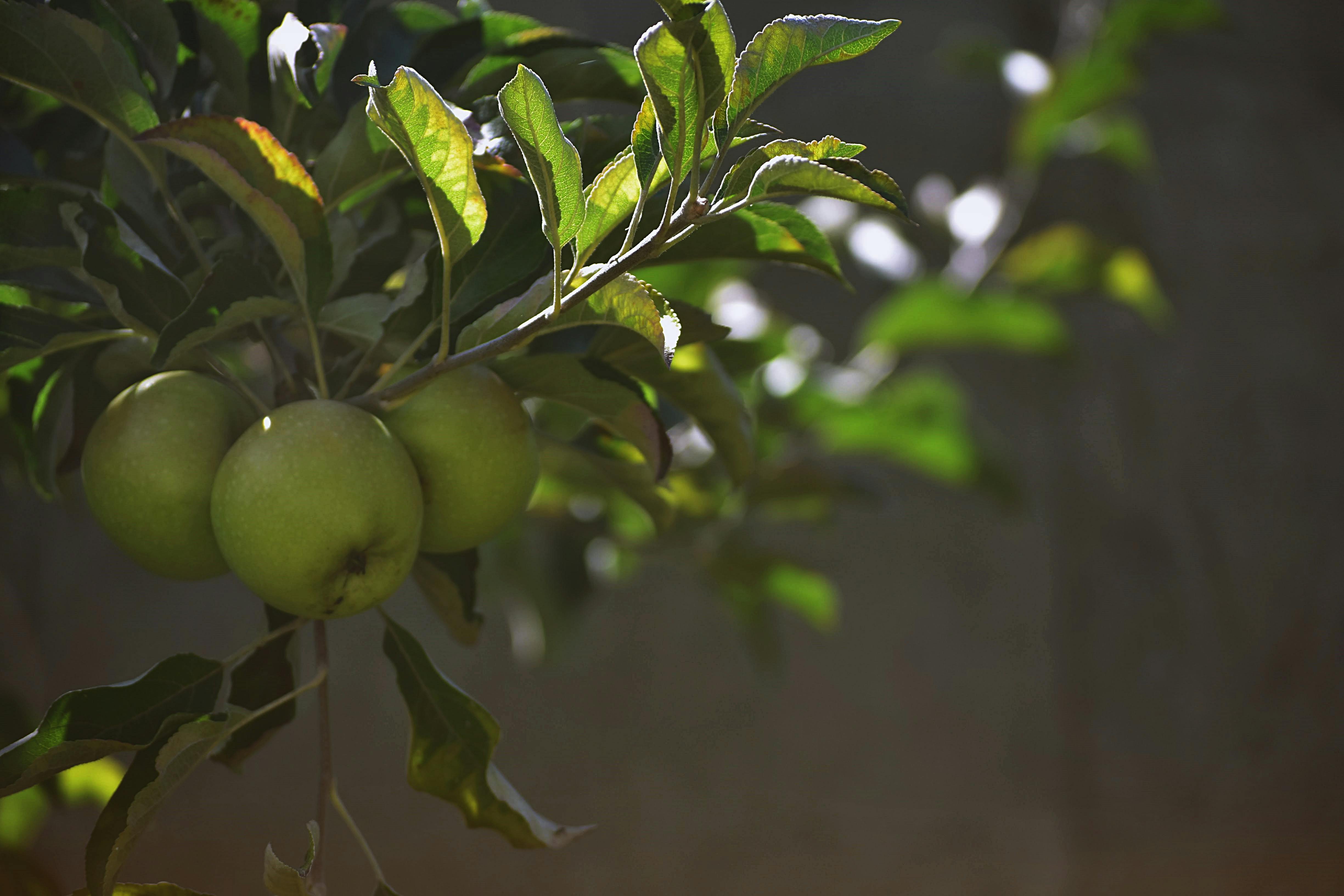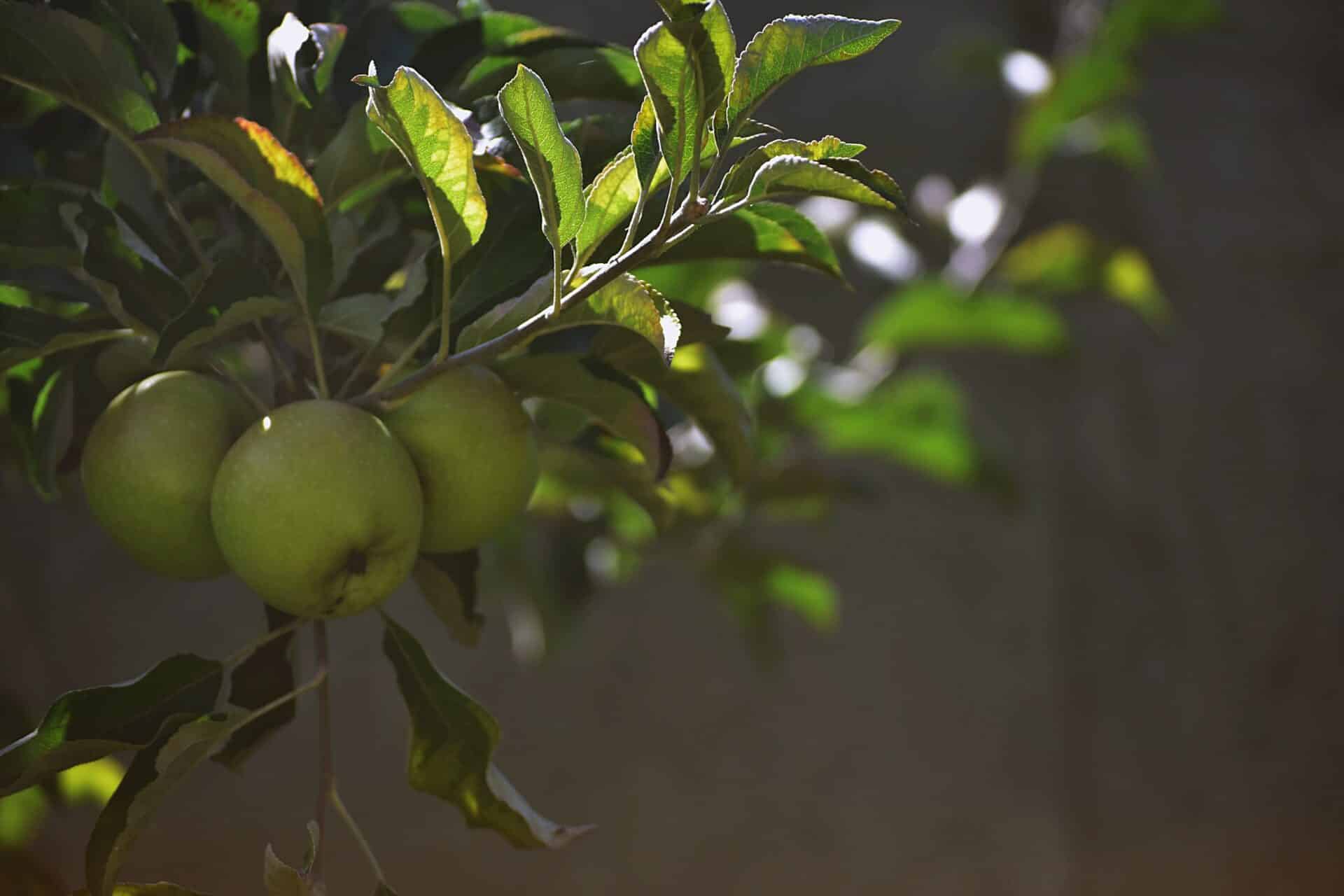Avocados are a popular and versatile fruit. They can be enjoyed in salads, sandwiches, guacamole and more. If you’re looking to grow your own avocados, you may be wondering how long it takes for an avocado tree to produce fruit. The answer depends on a variety of factors, including the type of avocado tree you choose and the environment it’s planted in. In this article, we’ll discuss the timeline for an avocado tree to produce fruit and what steps you can take to ensure it’s growing healthily.It typically takes an avocado tree 4-6 years to bear fruit, however it can take up to 12 years depending on the variety of tree and the climate.
Climate
The climate is one of the most important factors that will affect the time it takes for an avocado tree to produce fruit. Avocado trees thrive in warm climates with temperatures around 68-77°F (20-25°C). They also need plenty of sunlight and protection from cold drafts. If the climate is too cold, it can take longer for the tree to produce fruit. Additionally, if the temperature drops below 55°F (13°C) for an extended period of time, it can damage the tree’s growth and lead to a delay in fruit production.
Soil Type
The type of soil is another factor that will affect how long it takes for an avocado tree to produce fruit. Avocado trees prefer well-draining soils that are high in organic matter and have a neutral pH level between 6.0 and 7.5. If the soil is too acidic or alkaline, it can cause deficiencies in nutrients and slow down the growth of the tree, leading to a delay in fruit production. Additionally, if the soil is compacted or drainage is poor, this can also slow down growth and lead to a delay in fruit production.
Pollination
Pollination is another factor that can affect how long it takes for an avocado tree to produce fruit. Avocado trees are self-pollinating, meaning they don’t need other trees for pollination. However, they do need adequate amounts of wind or insects for pollen transfer from one flower to another on the same tree. If there isn’t enough wind or insects present, then pollination will be delayed and this will lead to a slower rate of fruit production.
Age of Tree
The age of the avocado tree is also an important factor when considering how long it will take for an avocado tree to produce fruit. Generally speaking, younger trees tend to take longer than older ones as they are still developing their root systems and growing new branches and leaves which can delay fruiting time. On average, it typically takes around 3-4 years for an avocado tree to start producing fruit once planted from seed or seedling form. However, this may vary depending on environmental conditions and how well taken care of the tree is.
Avocado Trees Need Specific Conditions to Produce Fruit
Growing an avocado tree at home can be a rewarding experience, but it isn’t always easy. To get your tree to produce fruit, you’ll need to make sure it has the right conditions. Avocado trees require full sun, well-draining soil, adequate water and nutrients, and protection from frost.
Avocados need full sun for the majority of the day in order to thrive and produce fruit. If possible, choose a spot that will get at least 8 hours of direct sunlight every day. If this isn’t possible, you may want to consider using grow lights to supplement natural sunlight.
Your avocado tree will also need well-draining soil so that its roots can access oxygen and water easily. If your soil is too heavy or clay-like, you’ll need to amend it with organic matter like compost or peat moss. This will help improve drainage and aeration while providing essential nutrients for your tree’s growth.
To encourage fruiting, avocado trees also need regular watering and fertilizing. Make sure your tree is getting 1-2 inches of water per week during the growing season. You can also use a balanced fertilizer every four weeks during the growing season to provide essential nutrients for healthy growth and fruiting.
Finally, many varieties of avocado trees are sensitive to cold temperatures. If temperatures drop below freezing (32°F/0°C), be sure to protect your tree by covering it with blankets or burlap bags until temperatures rise again. With these conditions in place, your avocado tree should start producing delicious fruits in no time!
How Many Years Does an Avocado Tree Take to Fully Mature?
Avocado trees typically take four to thirteen years to reach full maturity, depending on the variety of the plant and the growing conditions. Young avocado trees usually require a warm and humid climate, plenty of sunshine, and consistent water in order to thrive. Depending on the variety and growing conditions, some avocado trees may even take up to twenty years before reaching full maturity.
At maturity, avocado trees are usually between fifteen and thirty feet tall, with a canopy that can be just as wide. The amount of fruit produced by an avocado tree will depend on the type of plant, as well as the climate and soil conditions in which it is grown. Generally speaking, an established tree can produce between fifty and two hundred avocados per year.
When planting an avocado tree, it is important to choose a location that will allow for plenty of sunlight and air circulation. Additionally, it is important to ensure that there is adequate drainage for any excess water. Proper pruning will also help promote healthy growth for an avocado tree; this should be done annually or bi-annually depending on the species.
With proper care and attention, an avocado tree can provide many years of enjoyment as it matures into a beautiful addition to any landscape.
Speeding Up Avocado Tree Production
Growing avocados can take up to five years before the first fruit is produced. To speed up production, there are a few steps that can be taken. The first is to ensure the tree has a steady supply of water and nutrients. This can be done by providing adequate irrigation and fertilizer in the early stages of growth. Additionally, pruning the tree to promote air circulation and light penetration will help increase yield.
Another way to speed up production is to use grafting techniques on young trees. Grafting involves taking a scion (a piece of stem with two or three buds) from an existing mature avocado tree and attaching it to a young rootstock. This creates a new tree with improved characteristics that will bear fruit much faster than an ungrafted tree.
Finally, growing avocados in warm climates where temperatures remain consistently above 60°F (15°C) will help accelerate production time since the tree does not have to go through dormancy periods in winter. At higher temperatures, avocado trees can flower multiple times each year, yielding more fruit than trees grown in cooler climates which may only have one or two flowering periods each year.
In summary, there are several ways to speed up avocado tree production including providing adequate irrigation and fertilizer, pruning, grafting, and growing in warm climates. With proper care and attention, it is possible for an avocado tree to produce fruit much sooner than five years.

What Type of Fertilizer is Best for Growing an Avocado Tree?
Growing an avocado tree can be a rewarding experience, but it is important to use the right type of fertilizer in order to ensure that your tree is healthy and thriving. The best type of fertilizer for an avocado tree is one that contains a balanced mix of nitrogen, phosphorus, and potassium. It should also contain trace amounts of magnesium, calcium, and sulfur. Organic fertilizers such as compost or manure are ideal for adding nutrients to the soil and encouraging healthy growth. Additionally, it is important to ensure that the fertilizer is applied at the recommended levels. Too much or too little can damage the roots or cause nutrient deficiencies in the tree. Regular fertilization throughout the growing season will help keep your avocado tree healthy and productive for years to come.
It is also important to consider other factors when choosing a fertilizer for your avocado tree. For example, if you live in an area with a dry climate, you may want to choose a slow-release fertilizer that will provide nutrients over a longer period of time. This will help reduce the amount of water needed for your tree while still providing essential nutrients. Additionally, if you live in an area with acidic soil, you may want to choose an acid-loving fertilizer such as ammonium sulfate or iron sulfate.
Finally, it is important to remember that different varieties of avocado trees have different needs when it comes to fertilization. For example, Hass avocados require more nitrogen than other varieties while Fuerte avocados require less nitrogen but more phosphorus and potassium. It is important to research the specific needs of your particular variety before selecting a fertilizer so that you can ensure it meets those needs.
Overall, choosing the right type of fertilizer for your avocado tree can make all the difference when it comes to its health and productivity. It is important to choose one with a balanced mix of essential nutrients as well as trace elements such as magnesium, calcium, and sulfur. Additionally, if you live in an area with dry or acidic soil conditions it may be beneficial to select a slow-release fertilizer or one specifically designed for acid-loving plants respectively. Finally, make sure you take into account any special needs that your particular variety may have when selecting a fertilizer so that you can ensure your tree receives all the necessary nutrients it needs for optimal health and growth.
How Often Should You Water an Avocado Tree?
Watering your avocado tree is an essential part of its care. The amount of water needed depends on a variety of factors, including the tree’s age, the local climate, and the time of year. Generally, avocado trees should receive one to two inches of water each week in the summer months and less in the winter. Regular watering helps to ensure healthy growth and fruit production.
Young avocado trees require more frequent watering than mature trees. For newly planted trees, it is best to water them every day or two until they are established. During this period, it is important to ensure that the soil remains evenly moist but not overly saturated. Once established, reduce watering to once a week or every other week during dry weather.
In hot climates with little rainfall, you may need to water an avocado tree more often during the summer months, up to several times per week. When temperatures rise above 90 degrees Fahrenheit (32 degrees Celsius), increase watering frequencies accordingly. In cooler climates with frequent rainfall, you may only need to water an avocado tree once a month during dry periods.
The soil around an avocado tree should be checked periodically for moisture levels and adjusted as needed. If it feels dry at least one inch below the surface level, then it is time to give your tree some extra water. Be aware that too much water can be just as damaging as not enough; avoid overwatering your tree as this can lead to root rot and other problems.
Overall, providing adequate water for your avocado tree is necessary for healthy growth and fruit production. Pay attention to local climate conditions and adjust your watering routine accordingly for best results.
Dealing With Common Pests and Diseases on an Avocado Tree
Avocado trees are susceptible to a variety of pests and diseases, some of which can cause significant damage if left untreated. Fortunately, there are steps you can take to prevent or mitigate the problem. The most important step is to keep your tree healthy by following good horticultural practices such as adequate pruning, fertilizing and watering. Additionally, you can monitor the tree for signs of pests and diseases, so that you can take action at the first sign of trouble.
Common pests that affect avocado trees include aphids, scale insects, mealybugs and mites. These pests feed on the sap from the leaves and stems of the tree, which can cause stunted growth and defoliation. To control these pests, use a systemic insecticide or horticultural oil spray every two weeks during the growing season. If possible, remove affected branches or leaves with a sharp pruning tool to help reduce further pest infestation.
Common diseases affecting avocado trees include root rot, anthracnose, botrytis blight and powdery mildew. Root rot is caused by overwatering or poor drainage in the soil; it is characterized by wilting leaves or branches that collapse suddenly. Anthracnose is a fungal disease that causes dark spots on the leaves; it is most commonly seen during wet weather conditions. Botrytis blight is another fungal disease that affects flowers; it causes flowers to become brown or black in color and may lead to fruit drop if left untreated. Powdery mildew is a white fungus found on the undersides of leaves; it can be controlled using fungicides applied every two weeks during wet weather conditions.
By taking preventative measures such as proper pruning and fertilizing as well as monitoring for signs of pests and diseases, you can help ensure your avocado tree stays healthy throughout its lifespan. If you do spot any signs of pest infestations or disease outbreaks, take action immediately in order to prevent further damage to your tree!

Conclusion
On average, an avocado tree takes 4 to 6 years to produce its first fruit. However, the tree can take anywhere from 2 to 15 years depending on growing conditions and the variety of avocado grown. Avocado trees must be properly cared for, and it is important to understand the environmental conditions needed for successful fruiting. With proper care and patience, an avocado tree can provide delicious fruits for many years.
Overall, it can take a long time for an avocado tree to produce fruit but with proper care and patience, it is well worth the wait.



